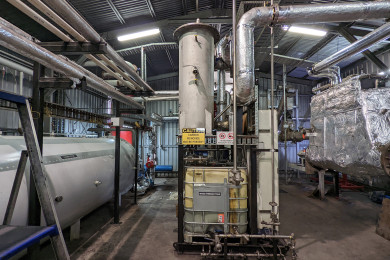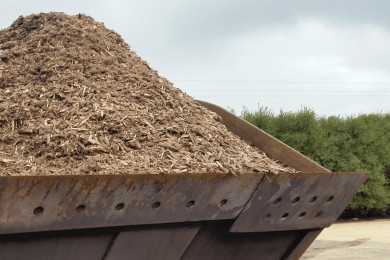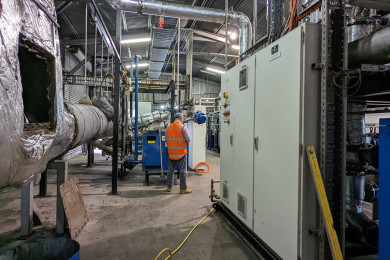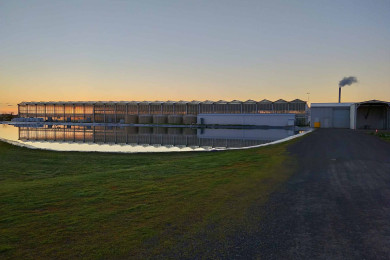Quad-generation
Quad-generation is the simultaneous production of power, heating, cooling, and CO2-enriched air from a single generator package. It increases energy efficiency and reduces operational costs. On top of the right humidity and temperature settings, plants require carbon dioxide to flourish. Elevating CO2 concentration within greenhouses, particularly in the context of cultivating vegetables, has been demonstrated to significantly enhance crop yields. This strategic advantage can position greenhouse operators ahead of their outdoor cultivation counterparts.
Capstone Microturbines produce clean, reliable power from natural gas, LPG, biogas, etc. These microturbines effectively reduce dependence on the conventional power grid, resulting in substantial energy cost savings. In addition to electrical energy generation, they also provide high-quality thermal energy with minimal emissions of nitrogen oxides (NOx), volatile organic compounds (VOC), and carbon monoxide (CO). The exhaust, while clean and oxygen-rich, contains elevated levels of CO2, useful for promoting accelerated plant growth. Depending on how the CO2 is delivered into the glasshouse, the exhaust can either be cooled through an integrated hot water heat recovery unit and exhaust cooling system or sent to a hot water boiler as combustion air for additional heat and CO2 concentration.





